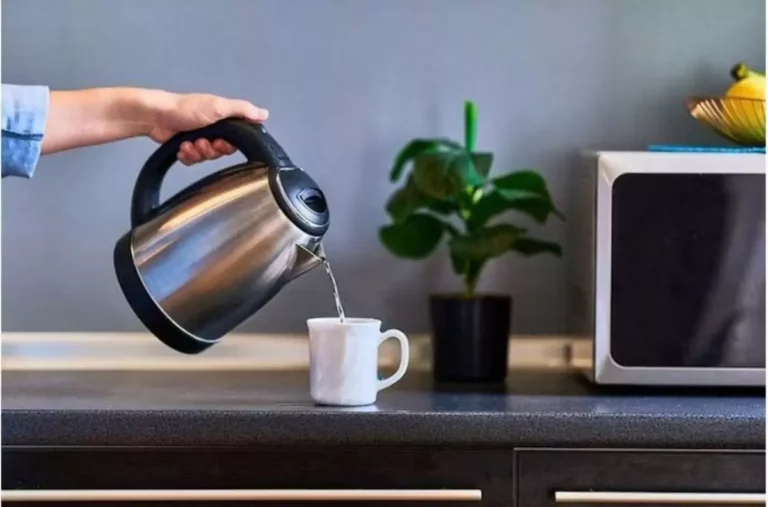17 Korean Dining Etiquette Rules Every Diner Should Know

Annyeonghaseyo!
Are you curious about Korean dining etiquette?
Join us as we explore the fascinating world of Korean table manners and customs.
From using chopsticks and sharing dishes to the importance of respecting elders, we’ll uncover the key elements that make dining in Korea a special experience.
Let’s dive!
1. Remove Your Shoes Before Entering
In Korean culture, it’s customary to remove your shoes before entering someone’s home or certain establishments like traditional restaurants.
This practice is rooted in hygiene and respect for the cleanliness of indoor spaces.
2. Use Both Hands When Receiving or Giving Something
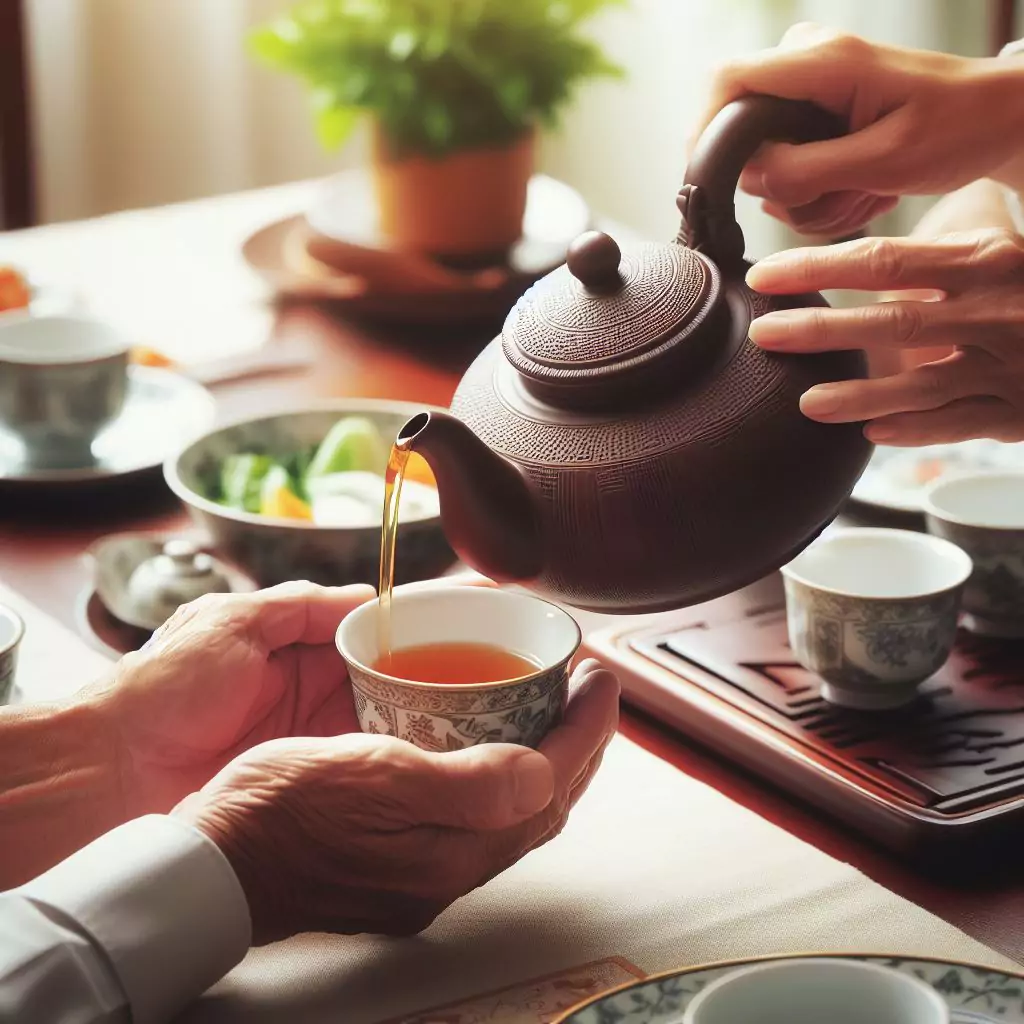
When giving or receiving items, especially food or drinks, using both hands is a sign of respect and politeness. It shows that you value the exchange and the person you’re interacting with.
Recommended article: 22 Chinese Dining Etiquette Rules Every Diner Should Know
3. Wait to Be Seated
Wait to be seated or directed to your place at the table. This shows respect for the host or the person in charge of the seating arrangement.
4. Wait for the Oldest Person to Start Eating
In Korean dining etiquette, it’s polite to wait for the eldest person at the table to start eating before you begin your meal. This gesture shows deference to seniority and hierarchy.
5. Do Not Start Eating Until the Elders Have Begun
Similar to waiting for the oldest person to start eating, it’s considered impolite to begin eating before the elders at the table have taken their first bite. It’s a way of showing respect and patience.
6. Avoid Lifting Plates or Bowls Off the Table
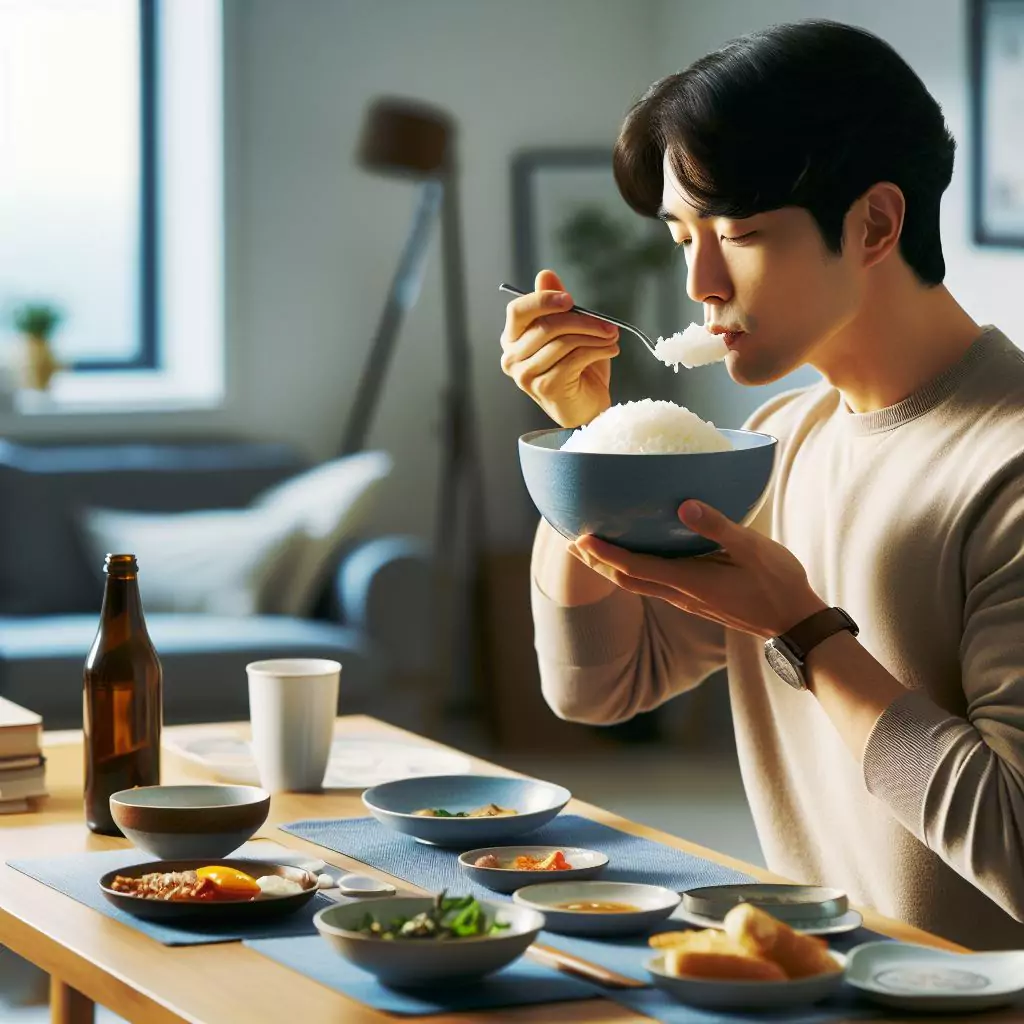
In Korean dining culture, it’s common to leave plates or bowls on the table rather than lifting them up to eat. This practice maintains a neat and organized dining setting.
7. Do Not Stick Chopsticks Vertically Into Rice
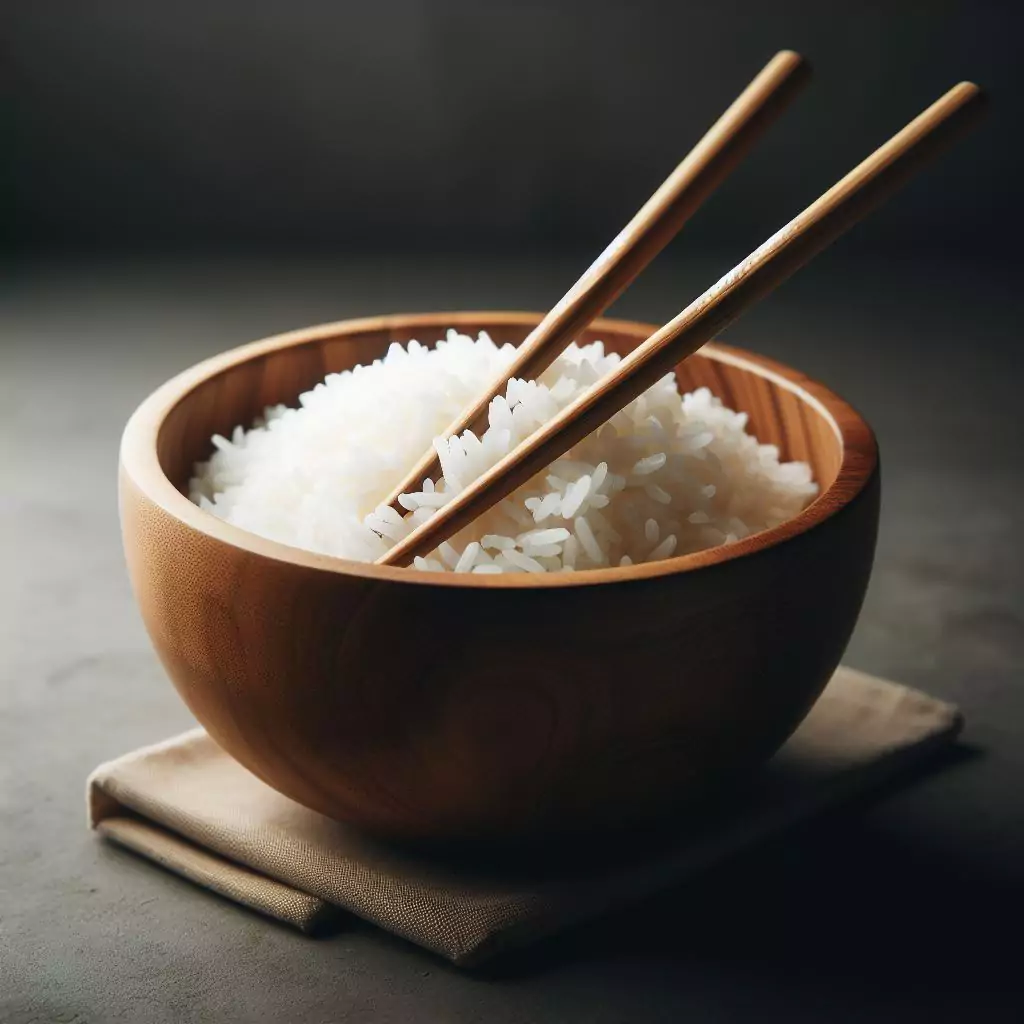
Sticking chopsticks vertically into a bowl of rice resembles a ritual done at funerals, so it’s considered taboo and disrespectful to do this during a meal.
Recommended article: 17 Japanese Dining Etiquette Rules Every Diner Should Know
8. Do Not Pour Your Own Drink
Instead of pouring your own drink, it’s polite to pour drinks for others at the table, and they will reciprocate by pouring yours.
This gesture fosters a sense of camaraderie and mutual care.
9. Cover Your Mouth When Eating or Drinking
Covering your mouth while eating or drinking is a common courtesy in Korean dining etiquette, ensuring that others are not disturbed by seeing or hearing you consume food or beverages.
10. Do Not Leave the Table Until the Elders Have Finished Eating
Leaving the table before the elders have finished their meal is considered disrespectful.
It’s courteous to wait until everyone has completed their dining experience before excusing yourself.
11. Finish All the Food on Your Plate
In Korean culture, leaving food on your plate can be seen as wasteful or implying that the meal was unsatisfactory.
Finishing what’s served is a way of showing appreciation for the effort put into preparing the food.
12. Eat Rice With a Spoon, Not Chopsticks

While chopsticks are commonly used for various dishes, rice is typically eaten with a spoon in Korean dining.
This method allows for easier handling and ensures that rice is not left behind in the bowl.
13. Do Not Use Your Fingers to Handle Food

Using fingers to handle food, especially in formal or communal dining settings, is generally avoided in Korean culture. Utensils are preferred for cleanliness and etiquette.
14. Do Not Blow Your Nose at the Table
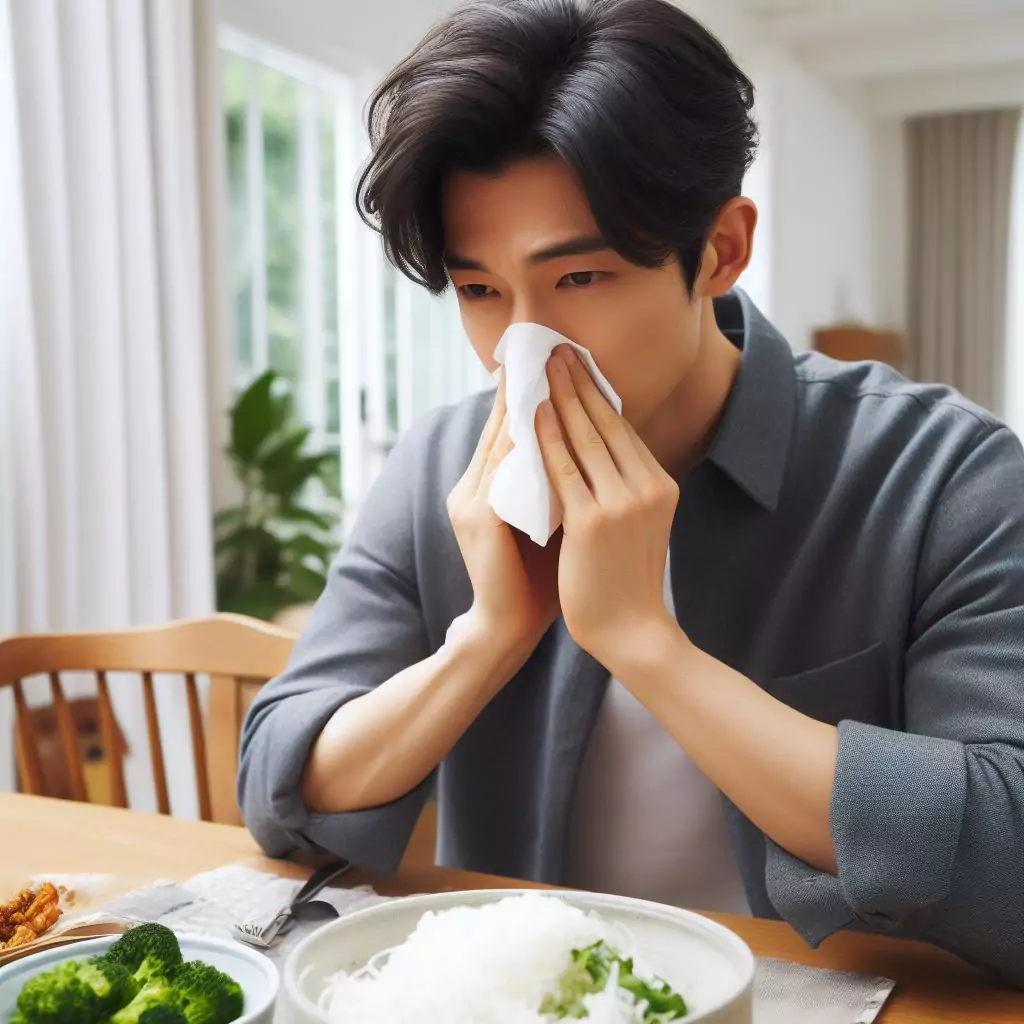
Blowing your nose at the table is considered impolite and unappetizing. If necessary, excuse yourself to a restroom or private area to attend to personal hygiene matters.
Recommended article: 20 French Dining Etiquette Rules Every Diner Should Know
15. Do Not Use Toothpicks at the Table
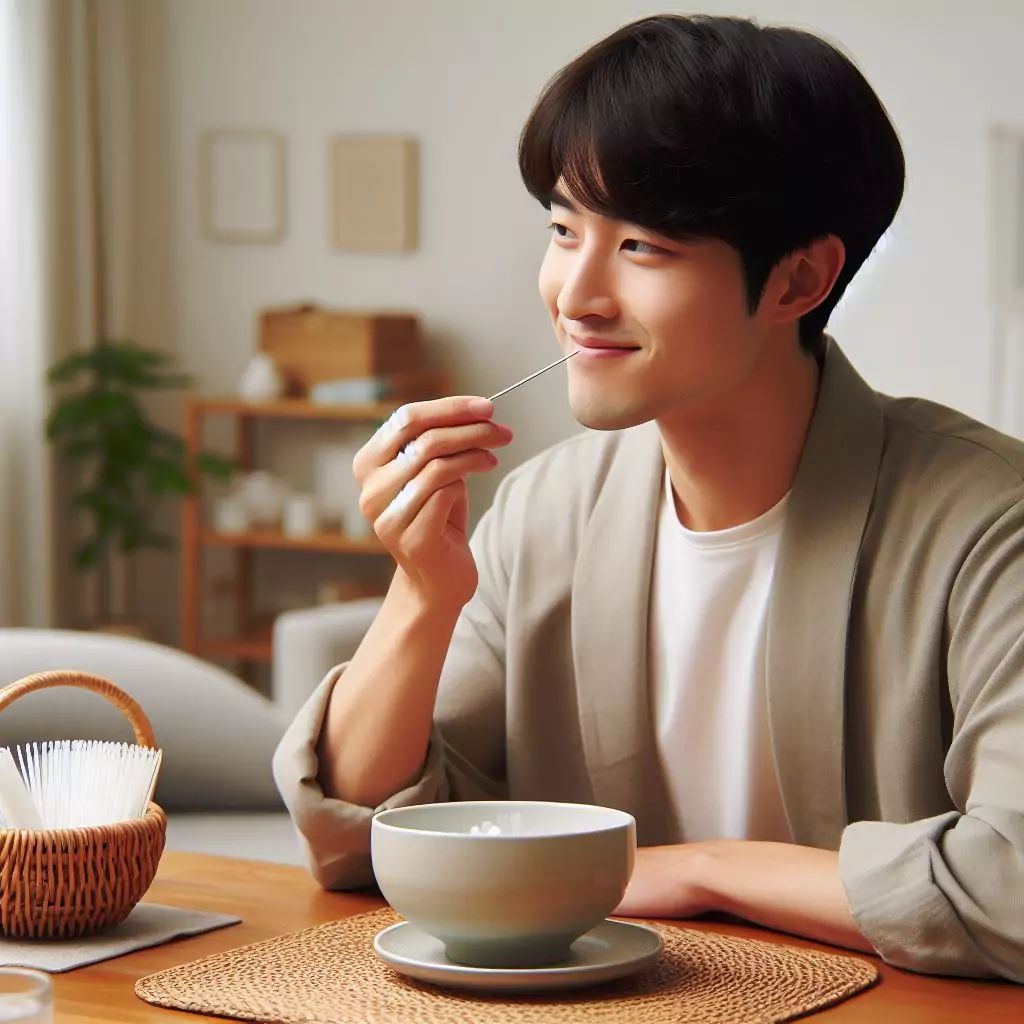
Using toothpicks at the dining table is seen as inappropriate and unsanitary. It’s best to discreetly use them in private after the meal if needed.
16. Say “Thank You for the Meal” When Finished Eating
Expressing gratitude after a meal is a common practice in Korean culture. Saying “Thank you for the meal” (sigsa gamsahabnida) shows appreciation to the host or the person who prepared the food.
17. Offer to Help Clean Up After the Meal
Offering to help clean up after a meal is a courteous gesture that demonstrates your willingness to contribute and shows gratitude for the hospitality extended to you.
It’s a way of participating in the communal aspect of dining.
Wrap Up
Understanding and respecting Korean dining etiquette not only shows cultural awareness but also fosters meaningful connections during meals.
By following these customs, we honor traditions, show respect to elders, and create a more enjoyable dining experience for everyone involved.
Best of luck!

